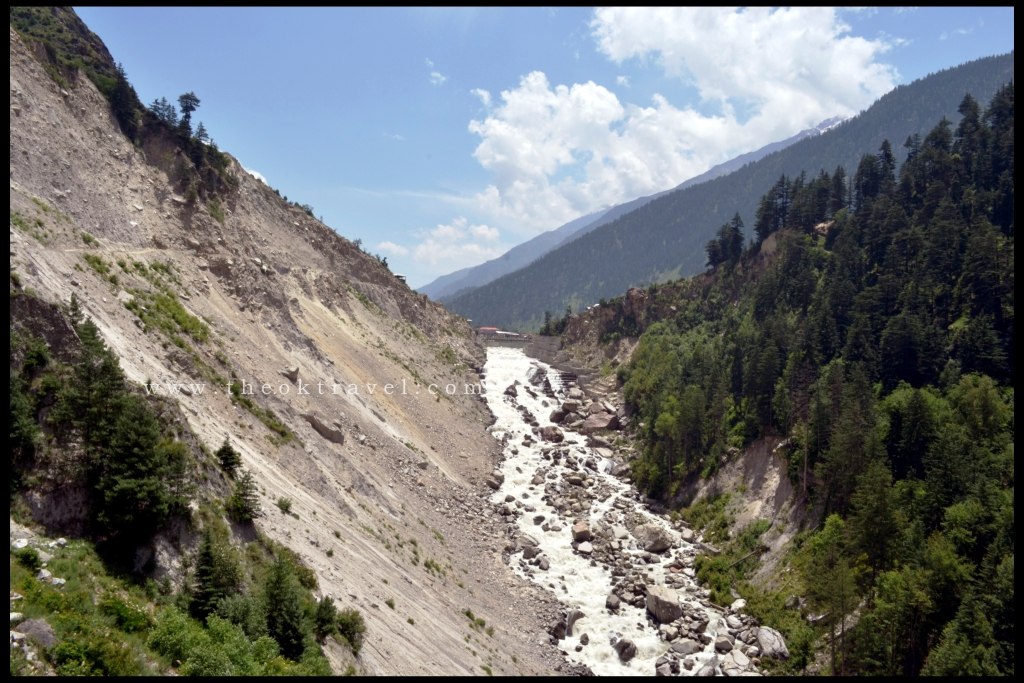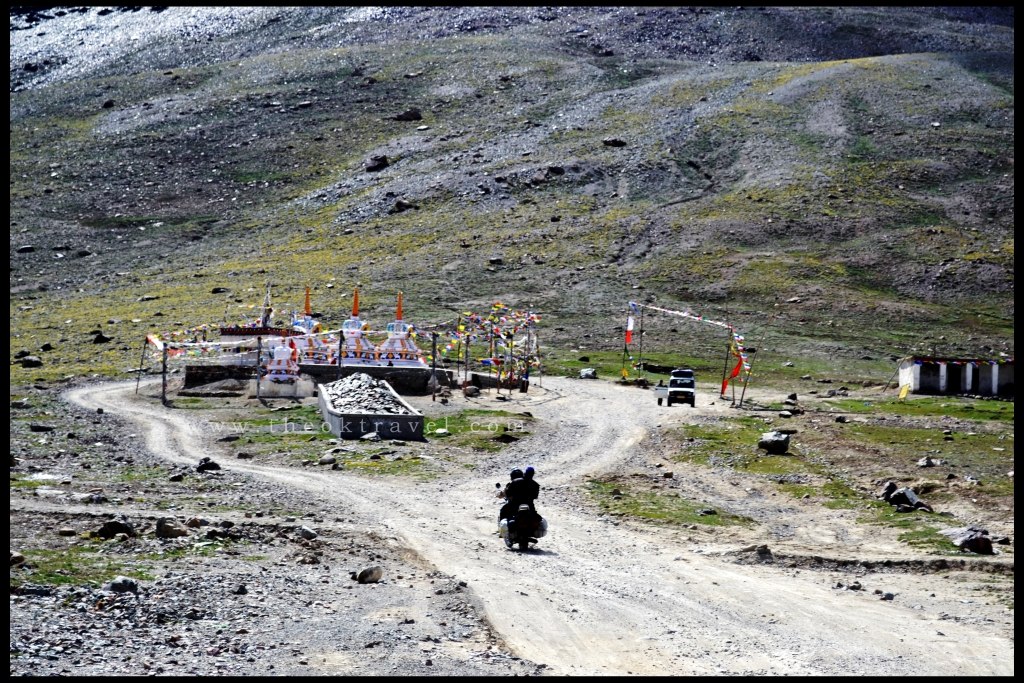Of the varied culture’s that coexist in harmony with nature in Himachal, ailment the tribal societies of Lahaul & Spiti and Kinnaur celebrate the triumph of man in adversity. With spark of the noble savage still alive in them, these gentle people who inhabit some of the harshest high altitude terrains in the world and surviving in extreme climatic conditions make the best of what they call home.
The traveler cannot help but marvel the hand of the creator of this deep Himalayan country. The landscapes of this trans-himalayan zone will seduce any adventure tourist, pilgrim, explorer, mountaineer or wild life enthusiast. Artist’s and photographer’s call it heaven’s delight.
Kinnaur
Touching the borders of Tibet and China, Kinnaur is home to one of the oldest traditions. Legend has it that Kinnaur with all its beauty and splendour fell from the clouds to take its place in the Himalayas. The place and its inhabitants find mention in many ancient Hindu texts.
On the ridges and peaks of Kinnaur mountains Asia’s great religions and races commingle give rise to a vibrant tribal society that inhabits some of the most scenic glaciated valley’s in the Himalayas. Colorfully attired and given to merry making, in times gone by Kinnauras thrived on the trade along the famous silk trade route of central Asia. Trade in woolen goods has given way to an horticulture based and market driven economy.

Fast flowing Sutlej river divides Kinnaur district into almost two equal halves. Mountains high enough to stop the northern advance of the annual monsoon clouds and fast flowing streams merging into the fast flowing Sutlej river are the dominating physical features of the region. And tucked away in the folds are some of the most beautiful side valleys with perennial snow melt streams flowing by.
Kinnauri apples, almonds, dried apricots (locally called ‘chulis’), grapes and raisins, ‘chilgoza’ and the local cognac ‘Angoori’, beans and Jeera (spice) are as much sought after as their woolen products which include gundmas (Kinnauri woolen blankets), pattis (pure wool cloth) and Kinnauri shawls. Women of raw beauty laden with turquoise and other precious stones ornamented in silver along with their menfolk have survived modernity to keep their tribal culture alive.
Tunes set to the rhythm of fast flowing streams dominated by drumbeats and the sound of cymbals creates a tribal music played for dance and merry making. Some of the places of interest in Kinnaur are Nichar, the Sangla valley, Kamru, Chitkul, Poari, Kalpa and Reckong Peo, Ribba, Moorang, Pooh, Nako, Chango and Leo.
Lahaul & Spiti
On the other side of Pir Panjal range accessed through the Rohtang pass (3980 M) from Kullu valley lies the land of Lahauli people. Before Lahaul & Spiti was declared a district in 1961 it was a sub tehsil of Kullu and part of greater Punjab. In colonial days Lahaul and Spiti were separate Himalayan waziries or cantons. Amidst high mountains, Greater Himalayas to the north, Pir Panjal to the south and the Spiti – Chandra watershed to the east. Lahaul valley is nourished by the twin rivers Chandra and Bhaga. On confluence at Udaipur the twin river systems give birth to the mighty Chenab River.
Besides peaks, rivers and mountain lakes the other dominating land feature of Lahaul are its glaciers. Of the may glaciers Bara Shiri, Chotta Shiri, Samundari, Sonapani, Gangstang and Perad are the dominant ones. Considered sacred the Gyephang peak is the patron deity of the Lahaulis Drugpa Red hat sect of Tibetain Bhuddism dominate Lahaul valley. In feudal days Gushal, Khardang, Darcha, Barbog and Gondhala were seats of baronial families.

Geologically and archeologically, Spiti is a living museum. The 150 kilometer valley carved by Spiti river originating on the eastern slopes of Kunzam La (4551 meters) and ending at confluence with Pare – chu stream near Sumdo is part of the high altitude cold mountainous desert.
Geographers tell a tale of a broken away piece of land from the African continent having collided with the Asian plate eons ago, trapping a sea called Tetheys in between. Deep sea fossils found at Langcha only 8,5 kilometers from Kaza and other parts of Lingti valley testify the geographers claim that Spiti has arisen out of the ocean due to the impact of colliding continents. Mt. Gya (6794 M) towering above the northern head of the valley is the highest peak in Himachal. Spiti, Ladakh and Tibet meet at its summit.
Gentle in temperament, deeply religious and mainly of mongoliod stock the tribal society lives in harmony with the mighty mountain ranges around. Hostile terrain and extreme climate proved fertile ground for Buddhism and the religion has influenced the social fabric of the valley with monasteries even a thousand-year-old still flourishing. The warmth and innocence of the locals is infectious and their peculiar social customs, fairs and festivals, myths, belief, totems, taboos and folktales, fascinate. Due to its proximity with Tibet he area has strong traditional ties with Tibetans.
The monasteries of Lahaul & Spiti are rich repositories of Buddhist iconography anointed in ancient murals, tankhas, wood carvings and golden images of Padmasambhava. Spiti’s well known monasteries are Tabo, Kye, Dhankar and those of Lahaul are Guru Ghantal on the Chandra river bank, Kardang near Keylong (the district headquarter),Shashur, Gompa, Tayul and Gemur. Frescoes, mural paintings, wood carvings on walls and ceilings, holy tanka paintings and stocked with ancient scriptures these monasteries have served to keep Buddhism alive in the valley.
A tributary of Spiti river, Pin shelters the high altitude Pin Valley National Park, conserving the endangered snow Leopard, Ibex and other rare Flora and Fauna species in their habitat. Beisdes the monasteries the places of interest in Lahaul & Spiti are Keylong, Trilokpur, Udaipur, Gondhala and Sissu in Lahaul and Kaza, Tabo, Kye, Dhankar and Kibber in Spiti.
